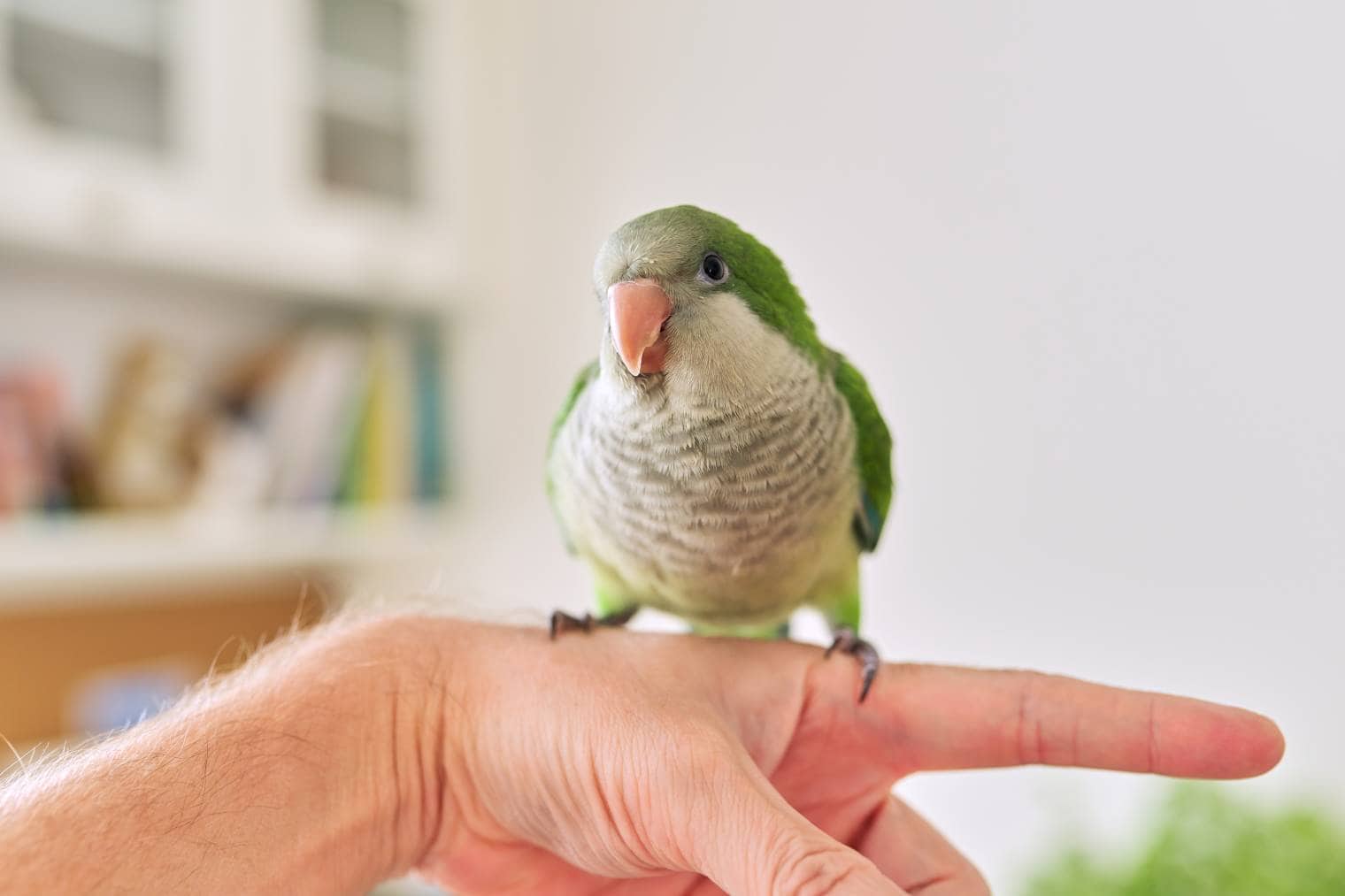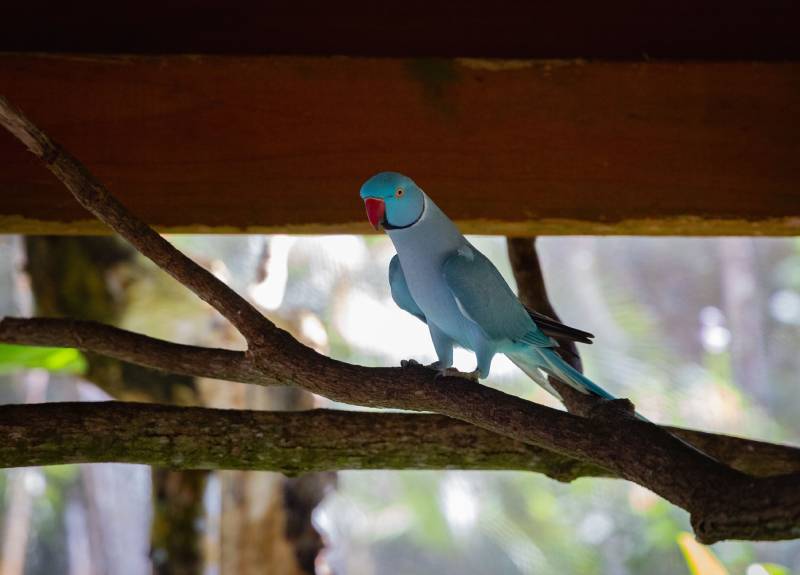Can a Cockatiel Talk? What You Need to Know
Updated on
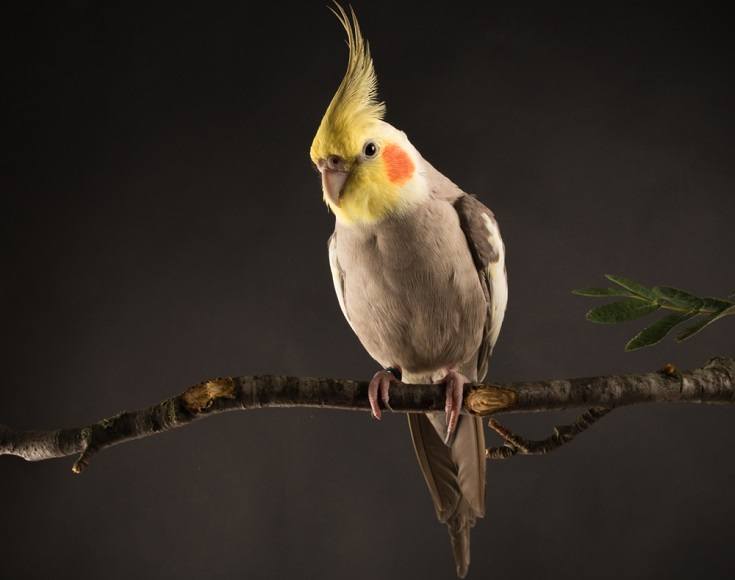
How can you not fall in love with a cockatiel? The bird is so sweet and expressive, it’s an affectionate pet of a manageable size, and it’s easy to breed in captivity, which is a significant factor in keeping them affordable. Many pet owners gravitate toward parrot-like species because they can have a more interactive relationship with their birds.
As far as talking is concerned, cockatiels aren’t as chatty as their Australian counterpart, the Budgerigar. Cockatiels can pick up a few things, but it prefers to chirp and whistle instead. Males are more likely to talk—and sing—than females.
Mimicry and Birds
Mimicry is a vital part of avian communication. Vocalizations help birds and other animals define their territories to reduce conflict. It’s less risky than duking it out with a rival. Sound allows cohorts to keep in touch with each other. Cockatiels live in forests and grasslands where they are ground foragers. Vocalizations travel far when your mates are out of sight.
Birds use calls and sounds as a warning to other conspecifics. It’s one advantage flocking species have over others. Not only is one set of eyes looking for danger, but several are on alert. Other animals also learn the alarm calls and take advantage of this avian warning system. Vocalizations are fluid. Researchers found that birds adjusted their volume due to less noise pollution during the pandemic.1
Birdwatchers know that birds vocalize with various dialects. Species from the Upper Midwest sound differently than those from other states. This falls back to mimicry. Birds imitate what they hear, and some may even mimic other species. Blue Jays often repeat hawk sounds, which may also have evolutionary advantages.
Parrots and Talking
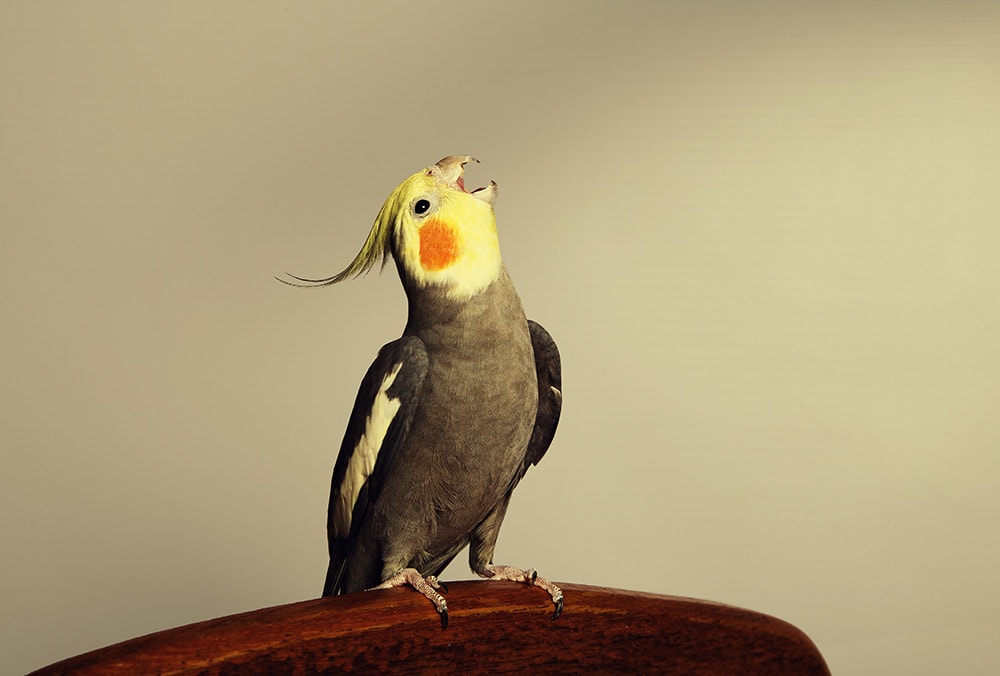
Even though humans share 98.8% of their DNA with chimpanzees and bonobos, these primates cannot talk or communicate verbally with us. That’s what makes parrots, including the cockatiel, so astounding. They represent a group of animals that can speak our language—literally! Some species, like the African Grey Parrot, also seem to understand what they’re saying. You may wonder why parrots can talk.
Auditory cues are a vital part of avian life. However, birds are also social animals, living in small groups or large flocks. Calls, songs, and sounds are essential for survival. Therefore, they’re well-equipped physically to learn to talk. Cockatiels have the same abilities and needs. Remember that many pet owners only get one or a few birds. You’re part of their flock by default.
It makes sense that a pet cockatiel would mimic the vocalizations of its owner. It may not understand what it’s saying, but it can likely figure out what it means based on your responses. Undoubtedly, you’re encouraging your bird to imitate you with treats. Cockatiels, like other parrots, are intelligent animals. It wouldn’t take them long to figure out that talking is a good thing.
Teaching a Bird to Talk
Remember that male cockatiels are more likely to pick up talking than females. It makes sense since they are using vocalizations to mark their territories and attract a mate. On the other hand, females are usually quieter. Sounds could attract would-be predators, a risky proposition for a bird in the nest. The best way to start your vocal journey with your pet is to build rapport with it.
Cockatiels are sometimes flighty when they hear unfamiliar sounds or commotion that upsets the status quo. Therefore, the first thing you need to do is to create a stable environment that will allow you to bond with your pet. Remember that you must establish the fact that you’re part of the flock along with the security it affords.
Training requires a quiet place so that your cockatiel can focus on you and what you’re saying. Birds repeat words that include sounds they like to make or hear. Look for the visual clues that you’re on the right track. A cockatiel’s crest is expressive, not unlike a dog or cat tail. If it raises it, your bird is showing interest in what you’re saying. Run with it if you notice this response.
Repetition and treats are excellent reinforcements to get the message across to your pet.
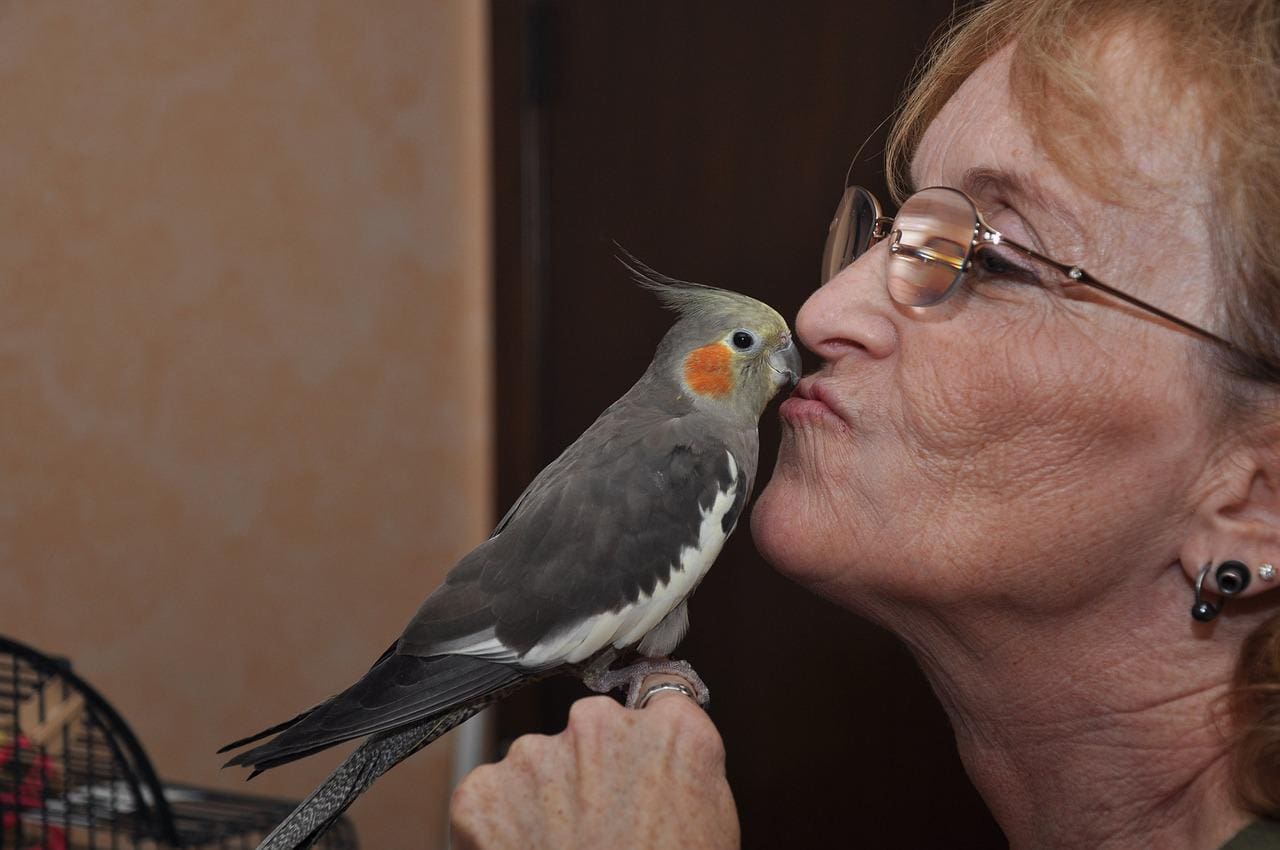
Final Thoughts
A cockatiel excels at vocalizations to connect with its flock and communicate with them. It’s not the most talkative of birds. Males can pick up a few words, given their natural ability to sing and whistle. Talking is just another way to get its point across, particularly if it’s part of the bonding process. Patience and persistence are vital to getting your cockatiel to greet you by name.
Featured Image Credit: AnnJane, Shutterstock



